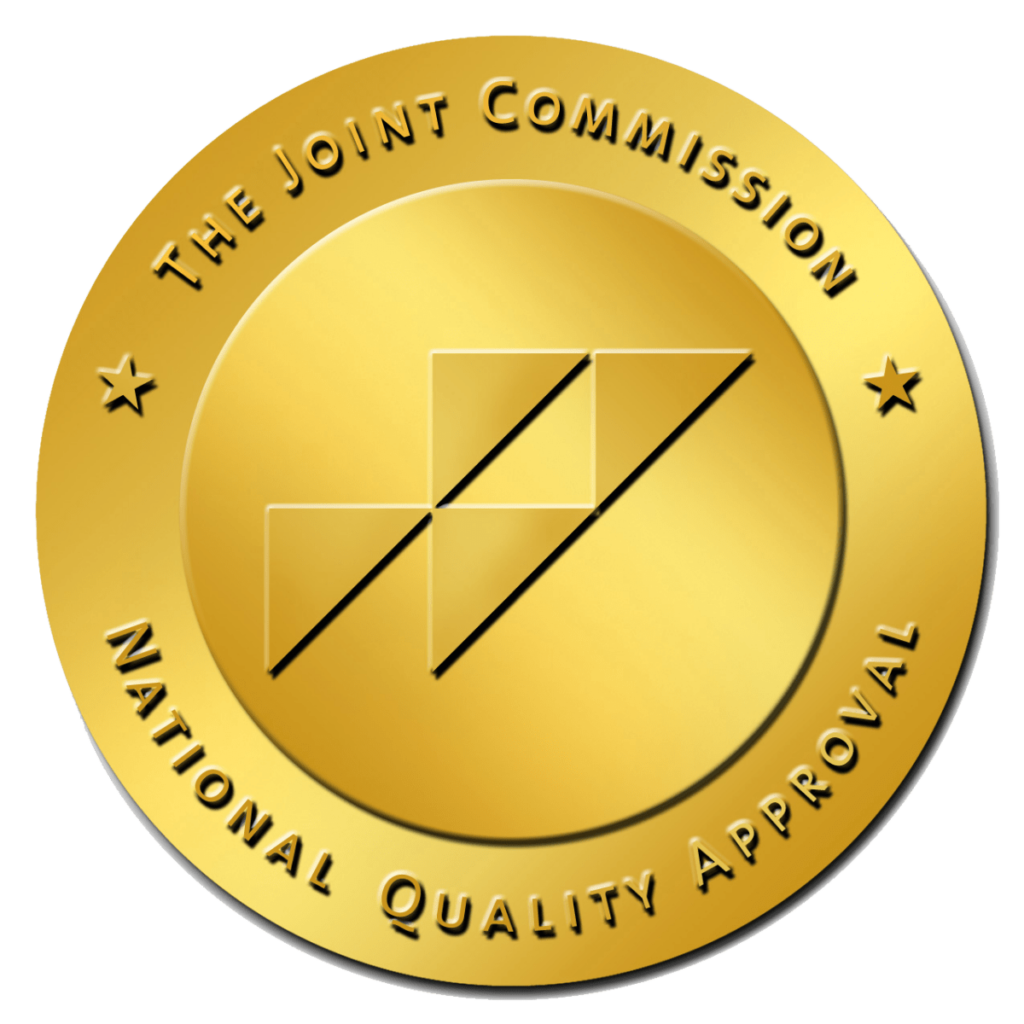Alcohol addiction affects not only the body’s vital organs but also the eyes, often leading to severe and potentially permanent damage. Eye damage can profoundly impact daily life and overall well-being. While the effects of alcohol on the liver and brain are widely recognized, its impact on eye health is less commonly understood.
Chronic alcohol consumption can damage the eyes in many ways.
Optic Neuropathy Linked to Alcohol Addiction
Optic neuropathy is a serious condition that can result from alcohol addiction, causing damage to the optic nerve, which is responsible for transmitting visual information from the eye to the brain. This damage is often linked to the toxic effects of alcohol, nutritional deficiencies, and poor overall health resulting from chronic alcohol abuse. One primary cause of alcohol-related optic neuropathy is a deficiency in essential nutrients, particularly B vitamins like thiamine and folate.
Prolonged alcohol consumption interferes with the absorption and storage of these nutrients, which are critical for maintaining healthy nerve function. Over time, this lack of nourishment weakens the optic nerve, leading to gradual vision loss. Symptoms of optic neuropathy include blurred or reduced central vision, difficulty distinguishing colors, and, in some cases, blind spots in the visual field. Both eyes are typically affected, and the condition may progress if left untreated.
Retinal Damage Caused by Alcohol Addiction
Alcohol addiction can lead to significant retinal damage due to its harmful effects on the blood vessels and nutrients necessary for maintaining retinal health. The retina, a thin layer of tissue at the back of the eye, is crucial in converting light into signals sent to the brain. Chronic alcohol consumption disrupts this process, often through poor circulation and nutrient deficiencies. One primary cause of retinal damage is alcohol’s impact on blood flow.
Alcohol abuse can lead to vascular problems, such as hypertension, which restricts blood supply to the retina. Over time, this can damage delicate retinal cells and result in conditions such as macular degeneration, diabetic retinopathy, and glaucoma. Additionally, excessive alcohol use often leads to deficiencies in antioxidants and vitamins, particularly vitamin A, which is essential for maintaining retinal function. Symptoms of alcohol-related retinal damage include blurry or distorted vision, difficulty seeing in low light, and, in advanced cases, partial or complete vision loss.
How Alcohol Addiction Contributes to Dry Eye Syndrome
Alcohol addiction can contribute to the development of dry eye syndrome. This syndrome develops when an individual’s eyes cannot produce enough tears or the tears evaporate too quickly. This leads to discomfort and potential long-term complications.
Chronic alcohol consumption dehydrates the body, which reduces the amount of moisture available for tear production. Additionally, alcohol disrupts the balance of essential components in the tear film, further exacerbating dryness. Dry eye syndrome caused by alcohol addiction often presents with symptoms such as redness, a gritty or burning sensation, blurred vision, sensitivity to light, and a feeling of something foreign in the eye. In some cases, individuals may experience excessive tearing as the eyes attempt to compensate for the lack of proper lubrication.
Early Development of Cataracts
When the lens of the eye becomes clouded, it is a condition known as a cataract. Cataracts impair vision. Typically appearing in individuals over 55, cataracts can also emerge prematurely due to heavy alcohol consumption. They may affect either one or both eyes. Common symptoms include decreased field of vision, blurry vision, heightened sensitivity to light, trouble with night vision, and diminished color perception.
Migraine Headaches With Visual Aura
Drinking alcohol frequently leads to migraine headaches. Many individuals notice visual disturbances before or during a headache, called a visual aura. These visual disturbances, although temporary, can be severely disabling. They manifest as blind spots, dimming of vision, or jagged zig-zagging lines of bright light that shimmer and can extend across one’s field of vision.
Slowed Eye Pupil Reaction Time
Excessive alcohol consumption, including binge drinking, slows down the dilation and constriction of the pupils. When the pupils respond more slowly, they cannot quickly adjust to variations in light. This delayed response is one reason why driving while intoxicated is hazardous, as drivers are unable to react quickly to oncoming headlights.
Canyon Vista Recovery Center Can Help
Protecting your eye health starts with addressing the root cause: alcohol addiction. If you or someone you care about is struggling with the disease of alcohol or drug addiction. It is essential to seek help right away. At Canyon Vista Recovery Center in Mesa, Arizona, our team of dedicated professionals is ready to help. Take the first step toward recovery and learn more about the resources available to support a healthier, brighter future. Reach out to us today.











